

 Eye Diagnosis in
Eye Diagnosis in
Chinese Medicine

 A new method of diagnosis born in the East and developed in the West
A new method of diagnosis born in the East and developed in the West
Writing by Deliang Zheng Translated by Zhicheng Zheng Edited by Christopher Hao
2014 Deliang Zheng. Eyetells Herbal Solution LLC, 38-19 Union St Ste. 302 , Flushing, NY 11354, U.S.A
Deliang Zheng, the author,was a professor of SUN YAT-SENUNIV ERSITY and a long-term practitioner of Traditional Chinese Medicine, especially Chinese Ophthalmology.
Since 1968, having spent decades of observing and studying , especially the last thirteen years of clinical study in United States, Deliang Zheng has successfully put the Huang Di Nei Jing , Chinese Medicines classic on five color micro-diagnosis theory, to practical use, using modern computer technology to deliver highly effective clinical diagnoses. That is Eye Diagnosis ( ) . This method transcends holistic medicine and conventional medicine, distinct from European Iridology and Chinese eye Acupuncture.
Deliang Zheng has collected a copious amount of data on each racial and ethnic group, and published a variety of highly acclaimed Chinese books in both mainland China and Taiwan.
First Published: 2014
Publishing byEyetells Herbal Solution LLC, 38-19 Union Street, Ste 302, Flushing, NY 11354, U.S.A
Distributed by Eyetells Herbal Solution LLC, 38-19 Union Street, Ste 302, Flushing, NY 11354, U.S.A
Cover Designed by/GZJYSJ Edited by Christopher Hao
Customer Service hotline347-924-2682 Order hotline: 718-460-2641
E-mail:


Introduction
The system discussed within this text is a micro-localized diagnostic system between iri dology and Chinese acupuncture.Due to its unique
characteristics, eye reading diagnosis is only superficially similar to Iridology. It may also seem like a variant of Traditional Chinese Medicines ophthalmology. It is neither.
Eye reading diagnosis is not the output of modern medicine, nor is it a direct descendant of Traditional Chinese Medicine. What is this field? Eye Diagnosis analyzes a variety of capillaries, pigments, and spots in the eye. Conventional medicine considers these phenomena insignificant if they do not present a visual obstruction or infection. From the perspective of Traditional Chinese Medicine, these eye patterns are neither an internal or external obstruction and are also considered insignificant. However, eye reading diagnosis highly stresses the correlation between the eye and the body. By examining the eye, one can gain valuable insight  into the entire system.
into the entire system.
 An example: A patient came to my clinic for a consultation. He had just undergone head surgery twice within the previous three months. He wanted to know if there were still any blood clots left in his brain.
An example: A patient came to my clinic for a consultation. He had just undergone head surgery twice within the previous three months. He wanted to know if there were still any blood clots left in his brain.
I confirmed that he did have blood clots and predicted that he would suffer from headaches and dizziness later on. The reasoning behind my prediction was based on the vein hanging above his upper left sclera, which had yet to dissolve. According to theory, once the systemic condition had been rectified, the vein in his eye would fade.
For a better comparison, below is a case of a middle-aged male patient. This man came for treatment after an accident resulting in severe head trauma. His chief complaints were irritability, headache, dizziness, palpitation, insomnia. My diagnosis was that he had intracranial blood stasis. After one year of continuous treatment, he was able to go back to work as usual.

This is the patients eye as of August, 2005. There is a prominent vein hanging above the upper left sclera and a clear blood spot present. An eye picture was taken one year later. The same veins are fading. So are the blood spots.
 These two cases illustrate that eye reading diagnosis has insight on the state of the body. Just as on the introduction, eye reading diagnosis is a new concept originated in Eas t and developed in West. Traditional Chinese Medicine has tradition of use ( ). Diagnoses must be formed from recognizing minute patterns.
These two cases illustrate that eye reading diagnosis has insight on the state of the body. Just as on the introduction, eye reading diagnosis is a new concept originated in Eas t and developed in West. Traditional Chinese Medicine has tradition of use ( ). Diagnoses must be formed from recognizing minute patterns.
The beginnings of eye diagnosis can be found in the Chinese medicine bible, the Huangdi Neijin g as the five color micro diagnosis theory ( ). Traditional Chinese Medicine (TCM) believes the five colors in the eye (Red, Yellow, White, Black, and Green) to be correspondent to the WuZang ( ), or the heart, spleen, lung, kidneys, and liver ( an d ). Hence, the theory of the Wu Lun Ba Kuo ( ) is based on this phenomenon.This theory raises the concept of eye reading diagnosis and practice to a higher level. It gives detailed guidelines for everyday practice.
Unfortunately, this unique theory gradually lost its influence in the contemporary medical community. Only in some remote regions of China can we see this technique preserved and practiced every day. This technique is nowhere to be found in standard curriculums. In most situations, eye diagnosis is categorized as alternative medicine within the medical community.
Looking into the history of TCM, this was likely caused by the update of the Huangdi Neijin g . When the five color micro diagnosis ( ) theory was changed to include modern medical concepts, the translation could not overcome some theoretical and technical obstacles. There were problems with design and frame-building, information system design, frame and shape localization, pigment differentiation and etc. Similarly to how the system of Iridology was not well accepted among the medical community, this field of medicine was not explored.
Why does this concept seize our attention again after such a long time? Ancient methods are still extent because they are effective. Despite this methodology once being outdated, it has unique perspective, has special features, and is simple and effective. It should still be in popular use today in the community of Traditional Chinese Medicine. It cannot be easily replaced by modern medicine. Its effectiveness and its low cost requirements determine that it will last longer than most people expect.
If we can use modern technology, such as digital graphics and computer technology to further assist this technique, it could become a powerful tool for analysis. Years of practice working with multiple ethnic groups have proved that the method is feasible, effective and logical when applied to everyday practice. We hope that you will understand the more unique features of Oriental Medicine, master this theory and technique, and benefit from it.
Next page

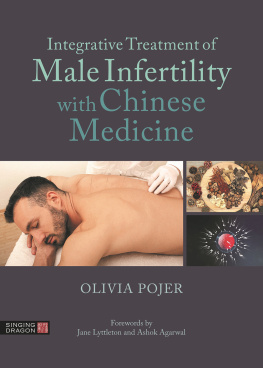
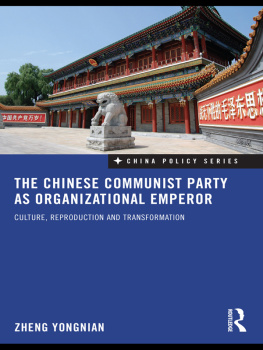
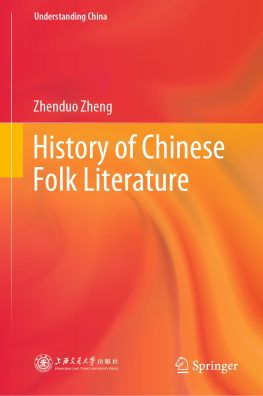
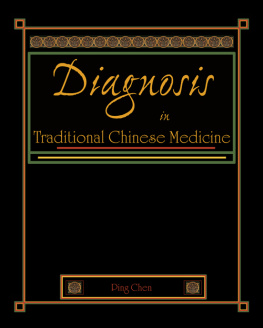
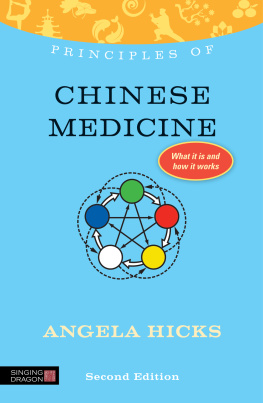
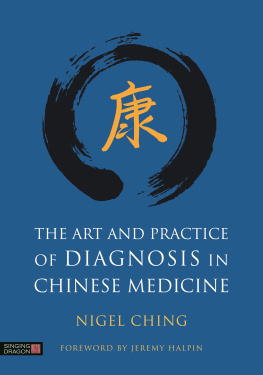
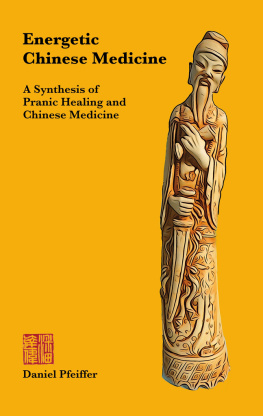


 Eye Diagnosis in
Eye Diagnosis in
 A new method of diagnosis born in the East and developed in the West
A new method of diagnosis born in the East and developed in the West
 Introduction
Introduction into the entire system.
into the entire system. An example: A patient came to my clinic for a consultation. He had just undergone head surgery twice within the previous three months. He wanted to know if there were still any blood clots left in his brain.
An example: A patient came to my clinic for a consultation. He had just undergone head surgery twice within the previous three months. He wanted to know if there were still any blood clots left in his brain.
 These two cases illustrate that eye reading diagnosis has insight on the state of the body. Just as on the introduction, eye reading diagnosis is a new concept originated in Eas t and developed in West. Traditional Chinese Medicine has tradition of use ( ). Diagnoses must be formed from recognizing minute patterns.
These two cases illustrate that eye reading diagnosis has insight on the state of the body. Just as on the introduction, eye reading diagnosis is a new concept originated in Eas t and developed in West. Traditional Chinese Medicine has tradition of use ( ). Diagnoses must be formed from recognizing minute patterns.